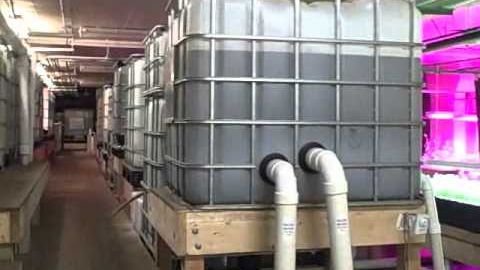
字幕與單字
芝加哥植物園前肉類包裝廠的魚和蔬菜水培農場。 (Aquaponic Farm with Fish & Vegetables at a Former Meat Packing Factory at Plant Chicago)
00
lin.12345678 發佈於 2021 年 01 月 14 日收藏
影片單字
filter
US /ˈfɪltɚ/
・
UK /'fɪltə(r)/
- n. (c./u.)過濾器;(液體)過濾器;濾光鏡;過濾器;濾鏡
- v.t.過濾(聲音、光線);過濾(從液體中)過濾;過濾;用濾鏡處理
- v.i.過濾;緩慢通過;(車輛)穿梭
B1 中級高級英檢
更多 使用能量
解鎖所有單字
解鎖發音、解釋及篩選功能
